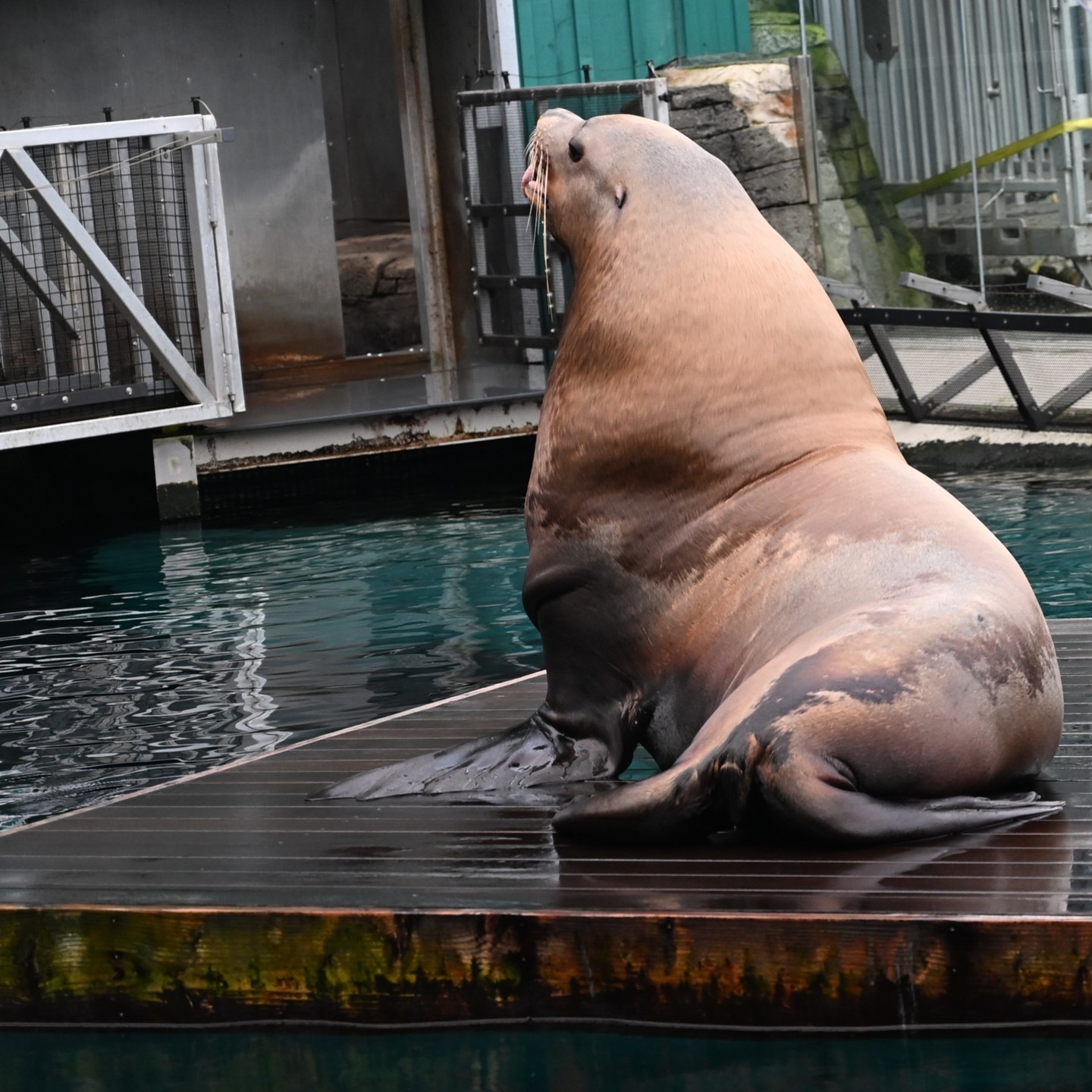- The importance of understanding animal behavior and biology within zoological settings.
- The role of zoo management in promoting animal welfare and education.
- Wildlife conservation efforts and their integration into zoological institutions.
- Insights into the daily routines and enrichment programs for animals in zoo environments.
- Kenai’s role as a representative and ambassador for wildlife conservation efforts.
Understanding animal behavior and its biology forms the foundation of zoology. For animals like Kenai, a zoo environment serves as a surrogate wilderness, where their natural instincts meet the structured routines crafted by zookeepers and biologists. To effectively manage these settings, zoologists must have a deep understanding of the animals’ natural habitats, dietary needs, social structures, and threat responses. This wealth of knowledge enables zoos to recreate enriching and safe environments, ensuring animals like Kenai lead engaging and naturalistic lives, even within the confines of their enclosures.
In contemporary zoo management, animal welfare is prioritized as a key objective. It requires the integration of scientific research with practical implementation. This involves creating spaces that simulate the animal’s natural habitat as closely as possible, providing stimuli through environmental enrichment, and monitoring their health regularly. For Kenai, getting a head start on his weekend plans—a phrase that suggests relaxation and downtime—also involves interacting with specially designed enrichment tools and taking part in training sessions that promote natural behaviors such as foraging, social interactions, and problem-solving.
Wildlife conservation is integral to zoological missions globally. Zoos have transitioned over the decades from mere exhibition venues to active conservation centers. Kenai’s presence in a zoo is not just for public viewing but plays a crucial role in conservation education and research. Conservation programs in zoos often aim to support species survival through breeding programs for endangered species, genetic studies, and efforts to reintroduce animals into the wild. Kenai, by virtue of his existence and the story he carries, acts as an ambassador for his species, raising awareness about the environmental pressures his wild counterparts face.
Enrichment and daily routines are critical components of animal welfare in zoos, making the lives of animals like Kenai more stimulating and satisfactory. Enrichment can come in various forms, including physical structures, interactive toys, sensory experiences, and training regimes that encourage mental and physical activity. These activities are essential for mitigating boredom and stress, promoting health, and allowing animals to perform species-specific behaviors naturally. Kenai’s engagement in such activities mimics the complexities and unpredictability of the wild, keeping his instincts sharp.
As an ambassador for wildlife conservation, Kenai plays a pivotal role in educating the public and cascading awareness about the broader ecological challenges facing wildlife. By observing Kenai and learning his story, visitors can gain insights into the natural history and current challenges faced by his species. This personal connection fosters a deeper understanding and commitment to conservation, encouraging visitors to support local and global efforts in wildlife preservation. Kenai symbolically represents the intrinsic link between humans and wildlife, underscoring the responsibility humans have in safeguarding the biodiversity upon which all life depends.
*****
Source Description
Kenai got a head start on his weekend plans (his plans were to chill)


